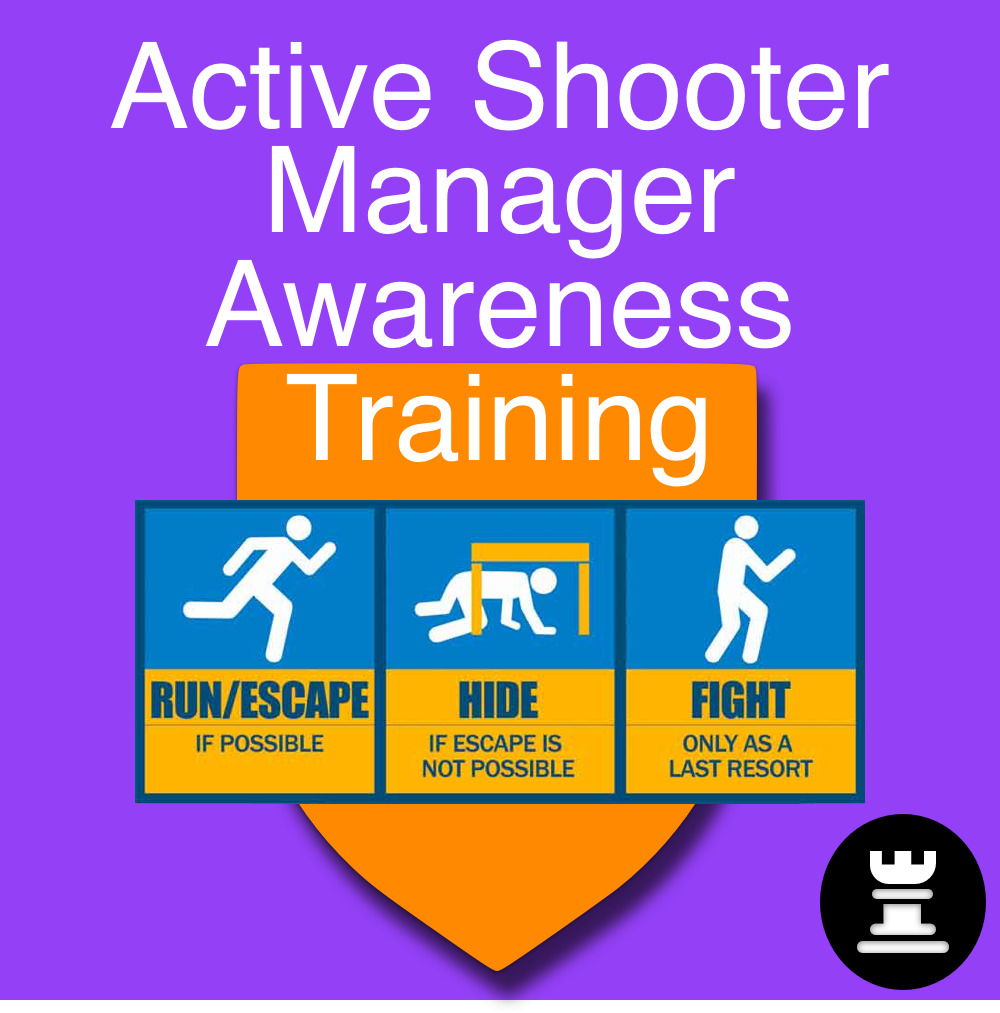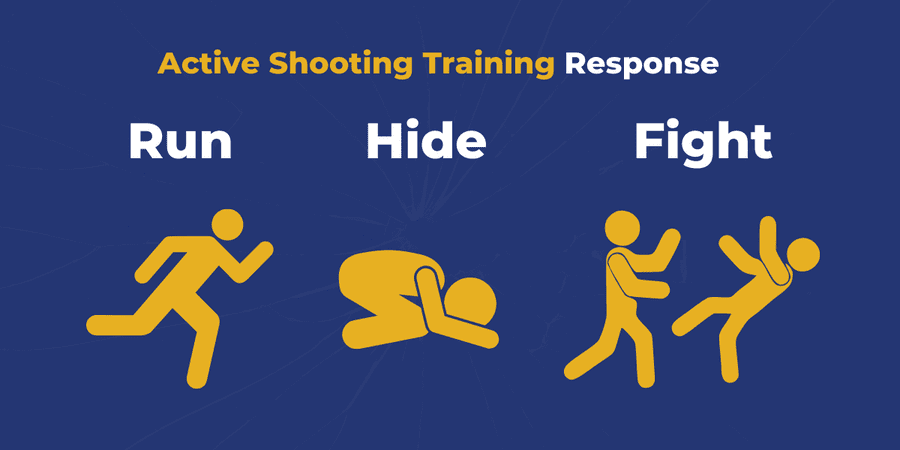How Active Shooter Training Can Conserve Lives in Dilemma Situations
How Active Shooter Training Can Conserve Lives in Dilemma Situations
Blog Article
Executing Energetic Shooter Training: Best Practices for Developing a Safe and Prepared Neighborhood Atmosphere
As neighborhoods face the distressing reality of active shooter cases, the application of detailed training programs ends up being crucial. An effective method rests on not just the advancement of customized educational programs that address neighborhood risks but likewise the participation of diverse stakeholders. By utilizing a range of training techniques, areas can ensure that all participants are outfitted with essential abilities. Nevertheless, the difficulty exists in keeping an adaptive structure that progresses with arising threats. What are the crucial aspects that can transform a basic training program into a robust design for neighborhood durability?

Comprehending the Demand for Educating
In an era marked by enhancing cases of violence in public spaces, recognizing the need for active shooter training has never ever been much more important. The frequency of mass capturings across various environmentsâEUR" such as colleges, work environments, and purchasing centersâEUR" highlights the necessity for individuals and companies to be prepared for such emergency situations. Active shooter circumstances can unfold rapidly, leaving little time for individuals to react properly. Detailed training efforts can gear up participants with the understanding and abilities to respond emphatically.
Training promotes a feeling of empowerment and preparedness, allowing people to really feel even more safe in their surroundings. The benefits of active shooter training extend past immediate response; they include improving communication methods and boosting overall safety steps within companies.
Key Parts of Effective Programs
Effective energetic shooter training programs incorporate numerous vital elements that improve readiness and action abilities. Detailed educational program development is crucial, making sure that training material is appropriate, evidence-based, and customized to the details requirements of the organization or neighborhood. This consists of recognizing the dynamics of active shooter cases and the mental effect on people entailed.
2nd, practical training scenarios ought to be utilized to replicate potential situations, allowing individuals to practice decision-making and response methods in a regulated environment. These drills promote muscle mass memory and build confidence among participants.
Third, a focus on interaction protocols is critical. Establishing clear lines of interaction amongst regulation enforcement, emergency situation -responders, and individuals ensures worked with actions during an incident. Routine updates and correspondence course help keep interaction paths clear and reliable.
4th, continuous analysis and feedback devices ought to be integrated into the training program - active shooter training. Assessing the effectiveness of training through individual responses and performance metrics enables continual enhancement
Finally, promoting a culture of safety and security and preparedness within the neighborhood urges watchfulness and proactive measures, guaranteeing that individuals are not only trained but also participated in maintaining a safe and secure setting.
Engaging Area Stakeholders

To properly involve these stakeholders, it is necessary to communicate the goals and advantages of the training. Organizing educational sessions can assist clarify the training's objective, address concerns, and describe the functions each stakeholder may play. Moreover, creating a stakeholder consultatory committee can facilitate recurring dialogue, permitting for diverse point of views and understandings to be incorporated into the training program.
Building partnerships with area leaders and companies is additionally vital. Their assistance can enhance outreach initiatives, increase participation, and guarantee that training is customized to the distinct needs of the neighborhood. In addition, stakeholders can assist in sharing info and resources, reinforcing the message of safety and readiness.
Eventually, engaging community stakeholders not just enhances the training effort but additionally cultivates a sense of ownership amongst citizens, leading to a more resilient and informed neighborhood qualified of reacting effectively to possible dangers.
Educating Distribution Methods
Utilizing a range of training distribution approaches is vital to fit the varied discovering styles and needs of participants in energetic shooter training programs (active shooter training). Reliable training can take several types, consisting of talks, hands-on simulations, on the internet components, and interactive workshops. Each technique serves an unique objective and can boost the general knowing experience

On the internet components supply versatility and availability, allowing participants to discover at their very own speed. These can include video clips, quizzes, and discussions to determine understanding. Interactive workshops urge seminar and analytical, promoting synergy and interaction skills.
Incorporating a blended approach that combines these approaches not just enhances the training experience however likewise guarantees that individuals are much better prepared to respond successfully in the occasion of an active shooter situation (active shooter training). By addressing numerous discovering preferences, organizations can create a more educated and responsive area
Continual Analysis and Renovation
Normal analysis and improvement of active shooter training programs are essential to maintaining their significance and effectiveness. useful site As threats progress, so should the approaches and methods utilized in training. Continuous analysis guarantees that training content reflects the most recent knowledge on active shooter events, incorporating lessons learned from current events and readjusting for emerging patterns.
To promote this process, organizations need to develop feedback systems that include individual evaluations, professional reviews, and case debriefs. Gathering information on participant efficiency during drills and workouts is necessary, as it highlights locations needing renovation and notifies future training sessions. In addition, involving with police and emergency -responders can supply useful insights right into the usefulness and applicability of training methods.
On a regular basis scheduled testimonials of training products and strategies need to be mandated, promoting an environment of advancement and adaptability. Organizations needs to likewise motivate a culture of continuous learning, where personnel participants really feel encouraged to suggest modifications based on their experiences. By dedicating to continuous evaluation and renovation, companies not only improve the effectiveness of their active shooter training programs yet also strengthen their general commitment to safety and security and my website readiness within the community.
Final Thought
In final thought, effective execution of energetic shooter training requires an extensive technique that focuses on neighborhood involvement and practical simulations. Ultimately, a commitment to ongoing training and renovation cultivates a culture of vigilance and preparedness, making sure a safer setting for all community participants.
Report this page